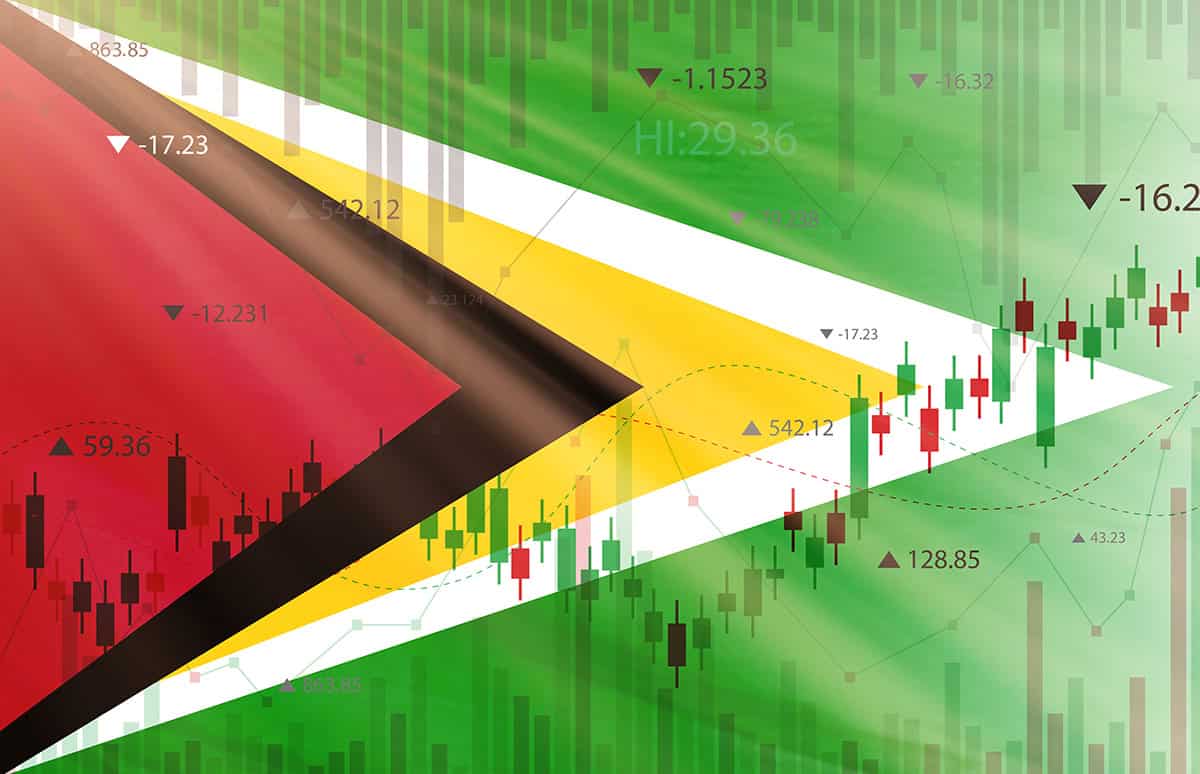Once regarded as the forgotten nation of South America due to its historically low levels of trade activity and remote geographical position, Guyana has morphed into the world’s fastest-growing economy in the last two years. And it looks set to keep growing at an impressive pace in the years ahead.
Fueled by booming oil production and rising export profitability, Guyana’s GDP grew an eye-popping 38% in 2023. This follows an even heftier 63% increase in 2022 as the Guyanese economy began to boost its profile on the world stage.
The 800,000-habitant nation’s lot began to change in 2015 when ExxonMobil announced the discovery of the Liza-1 well, a massive oil and gas field off Guyana’s Atlantic shore. Impressed by the reservoir’s potential, the Houston-based giant, in partnership with the local government and companies including Hess Guyana Exploration and CNOOC Petroleum Guyana, focused on exploring the larger region known as the Stabroek Block.
Drilling up to 18,000 feet below sea level, the consortium found several other massive oil and gas fields, vastly increasing the region’s projected output. “The Stabroek Block may be one of the most unprecedented exploration blocks of all time,” says Schreiner Parker, senior vice president and head of Latin America and the Caribbean at Rystad Energy, and energy research firm.
As oil prices jumped in the aftermath of the Covid-19 pandemic and the US and Europe sought alternatives to Middle Eastern and Venezuelan oil, Guyana’s economy took off due to the discovery of the Liza-1 oil well—growing an average of more than above 40% a year since 2020.
Looking ahead, global research firm BMI expects the combination of further oil discoveries, rising output and high geopolitical tensions to generate further GDP growth of 115% for Guyana by 2028, the fastest in the world. That poses the welcome challenge of transforming the nation’s newfound oil bonanza into sustained progress for its population. Getting there, however, will mean avoiding “Dutch disease”: the tendency of boom tied to a single commodity to stifle activity for the country’s other resources due to overall rising domestic prices.
